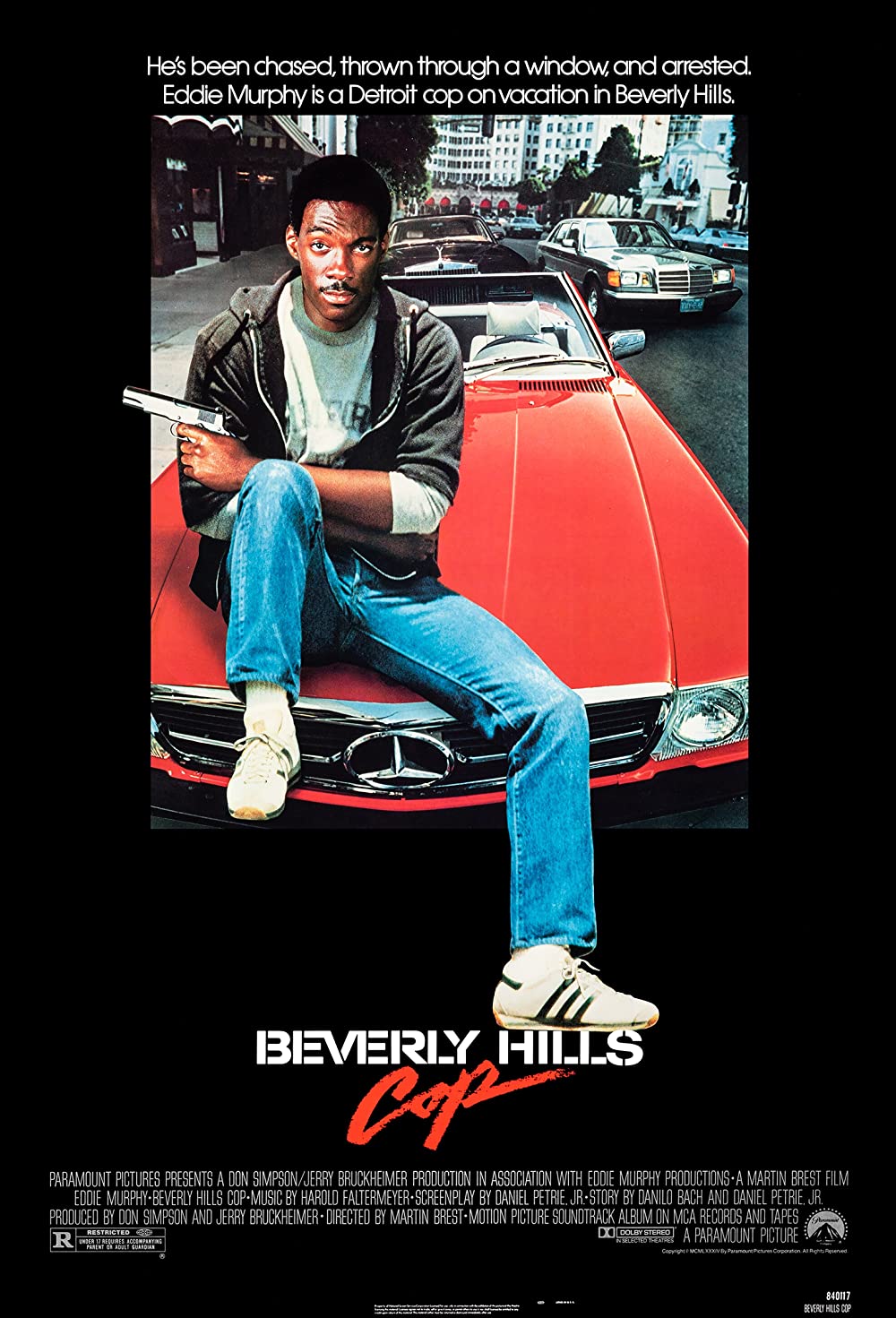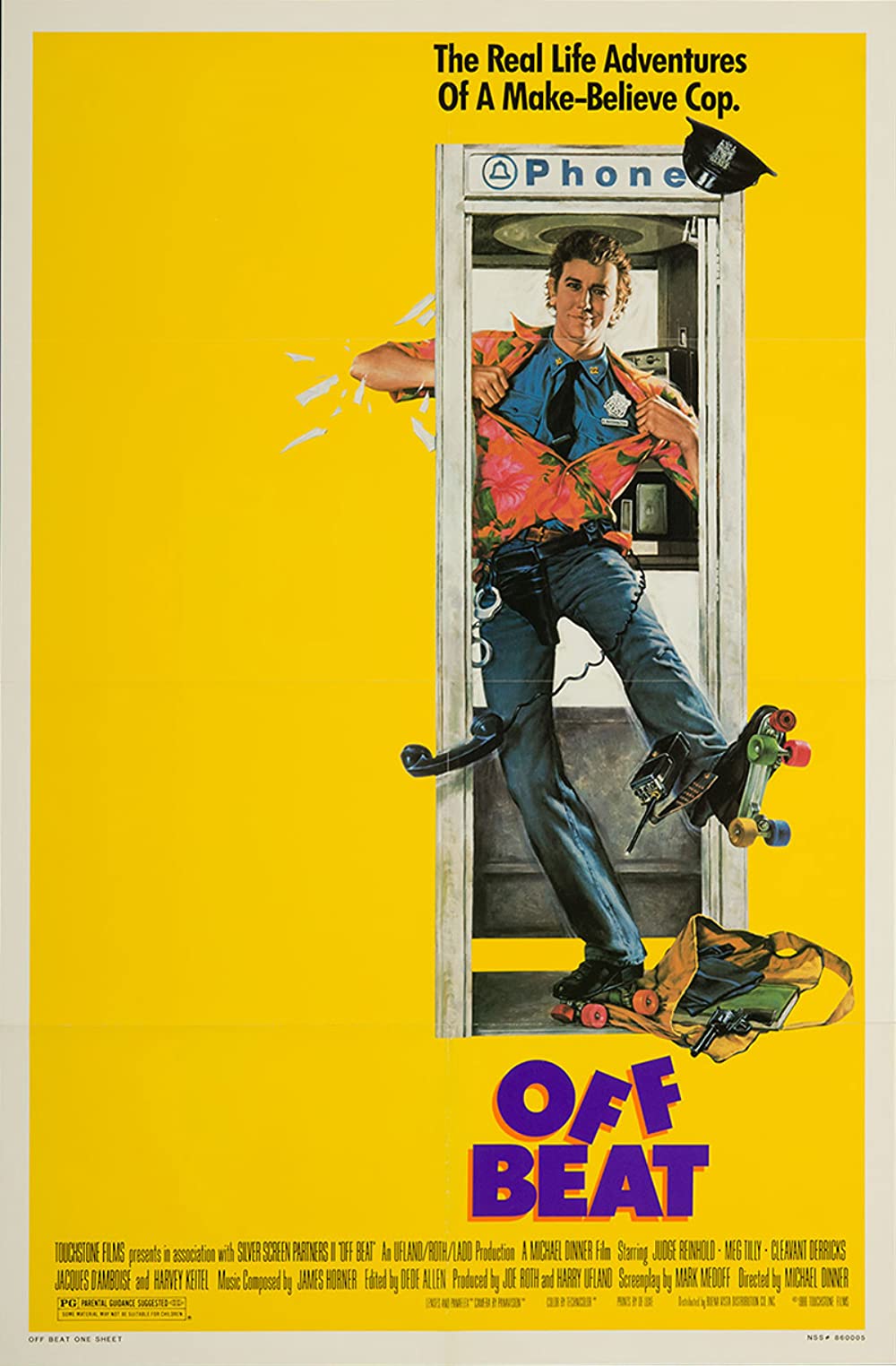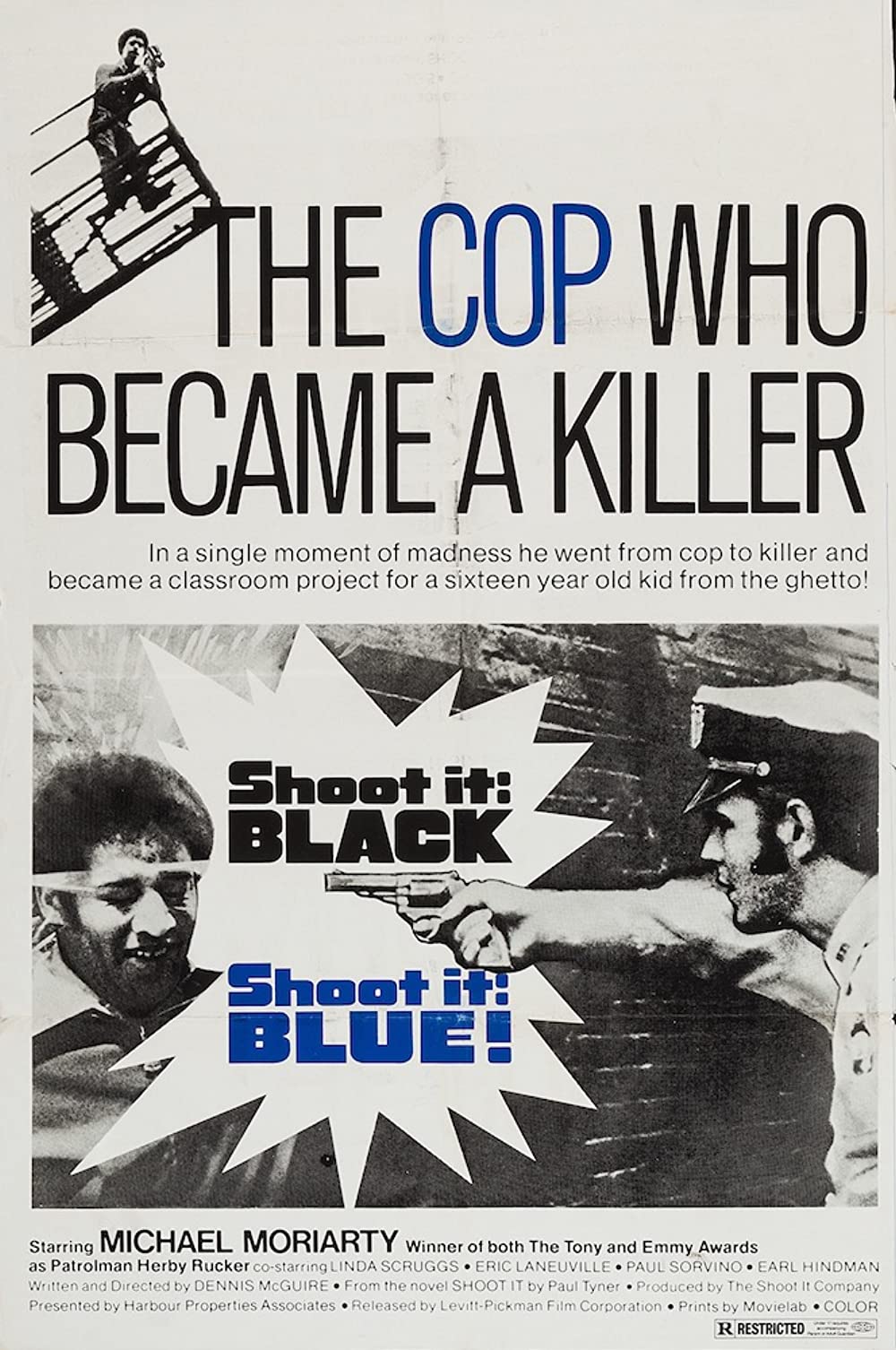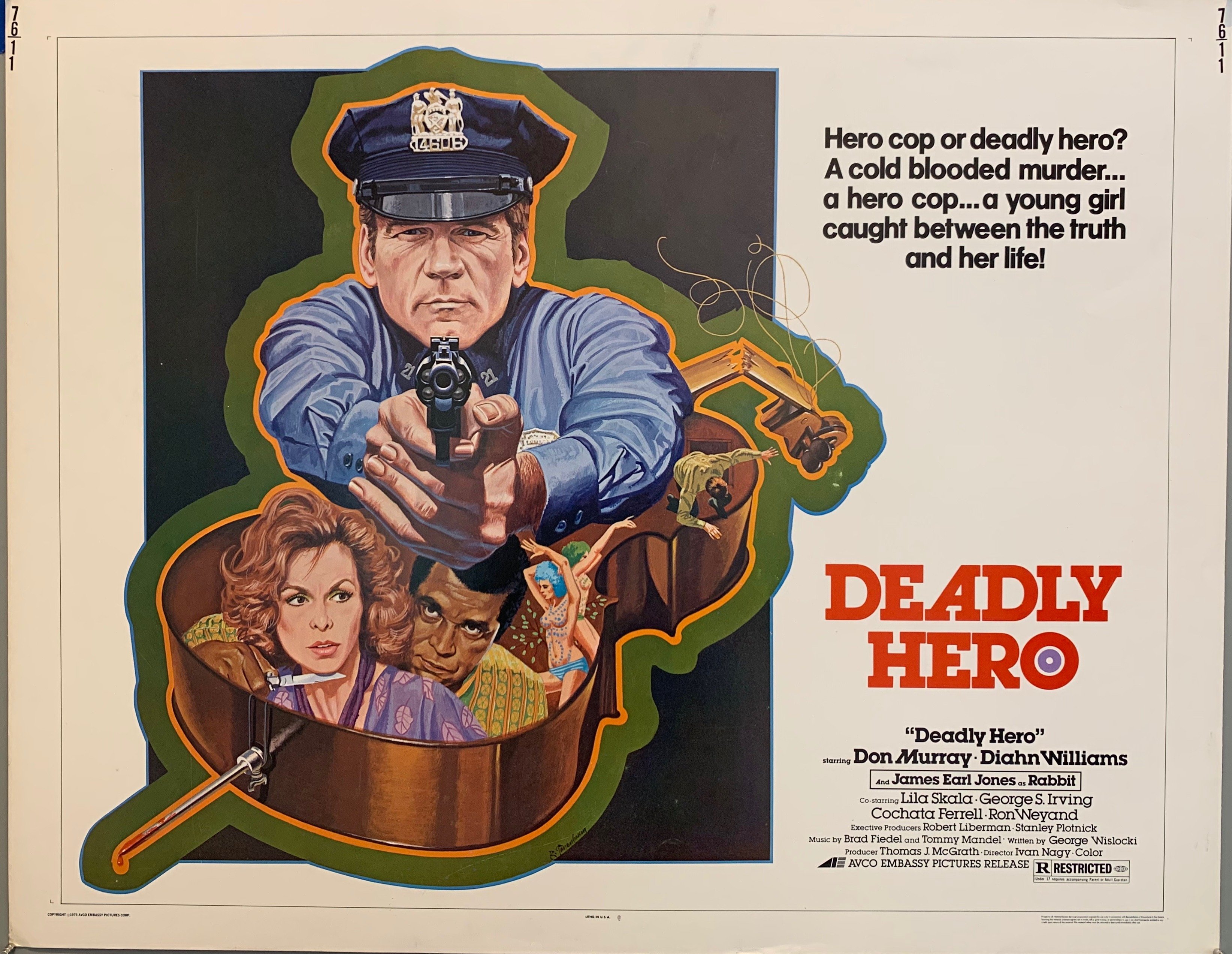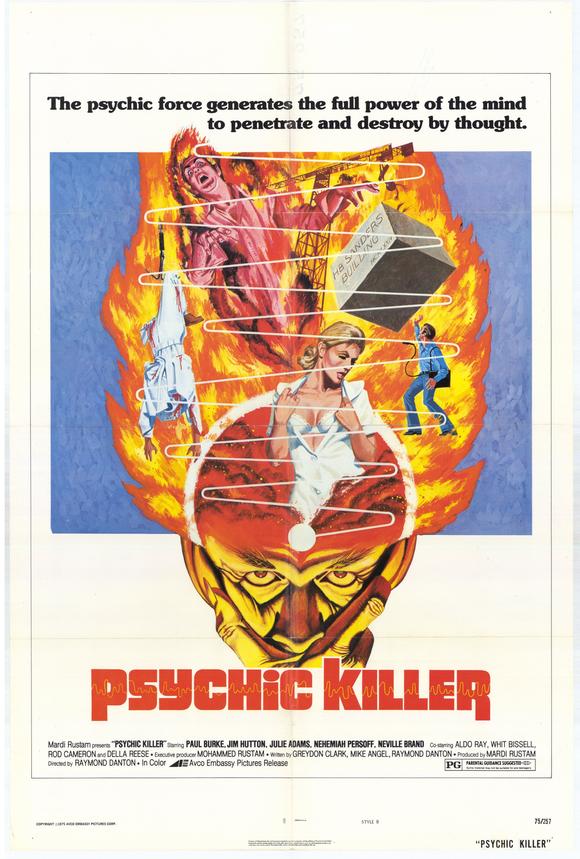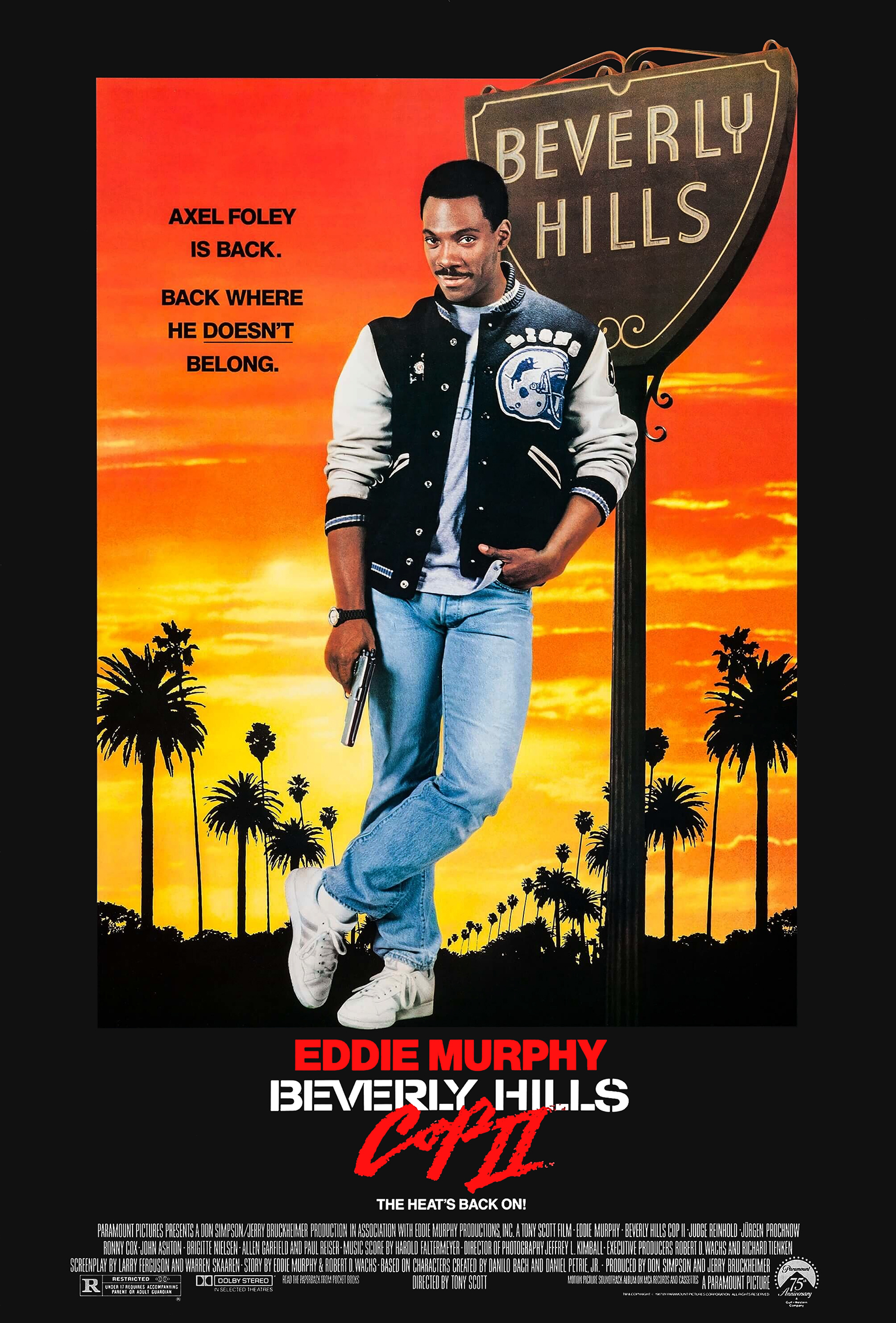
By Richard Winters
My Rating: 6 out of 10
4-Word Review: Going back to L.A.
Captain Andrew Bogomil (Ronny Cox), Sergeant John Taggart (John Ashton), and Detective Billy Rosewood (Judge Reinhold) are working on a case known as the ‘Alphabet Crimes’ due to a monogrammed envelope in alphabetic sequence that gets left at the scene of each robbery. Billy decides to get the F.B.I. involved in order to have them help solve the case, but this upsets the new police chief, Harold Lutz (Allen Garfield), who demotes both Taggart and Rosewood to traffic duty and then suspends Bogomil when he tries to come to Rosewood’s defense. On his way home Bogomil gets shot and seriously wounded when he pulls over to help Karla Fry (Brigitte Nielson) who acts as a stranded motorist, but in reality is a part of the organization behind the crimes. When Axel (Eddie Murphy) hears about Bogomil’s shooting he immediately travels to L.A. and again hooks-up with Taggart and Rosewood to solve the case and avenge Bogomil’s assault.
If you can get past the overly complex crime mystery, which comes-off as a cheesy variation of Agatha Christie’s ‘The Alphabet Murders’, which apparently was the ‘inspiration’, this sequel, as 80’s sequels go, isn’t bad. Despite Leonard Maltin’s criticism in his review where he didn’t like that Bogomil and Axel had now become chummy and even planning a fishing trip together, I liked it. Maltin considered this ‘inconsistent’ with the first film where the characters were at odds through most of it, but I felt they had grown to like each other after what they had gone through previously and had no problem with it. What I didn’t like though was that Lisa Eilbacher for whatever reason doesn’t return and in her place they stick-in Alice Adair, who plays Bogomil’s daughter, that Axel is good friends with, but since she never appeared in the first one this relationship comes-off as quite forced.
Having Ashton and Reinhold reprise their roles is great too, but they have little to do. In the first film they worked with Axel more as a team with each using their unique abilities to help take down the bad guys, but here Axel does virtually everything. This was most likely the result of Murphy co-writing the script where he vainly makes his character almost like a super hero and able to solve difficult clues and even at one point hacking into the criminal’s computer system while Ashton and Reinhold act as nothing more than observers who follow along, but add little input. I also didn’t like Reinhold’s character turning into a gun collecting nut, which was something that was never alluded to at all in the first one, but gets played-up here even though it makes the guy seem unintentionally creepy. There’s also a lot of talk about Ashton’s tumultuous marriage to the extent that I felt at some point we needed to see the wife, but never do.
The humor is silly and doesn’t blend well with the action. What made the comedy work in the first one is that it remained on a believable level, but here starts to get downright stupid. A perfect example of this is when the three guys get into a strip club by pretending Taggart is the former President Gerald Ford, even though he doesn’t look that much like him, but it still manages to fool everybody in the place, which had me eye-rolling instead of laughing. The car chases are a bit farcical, much like the ones seen in a Disney movie, where they attempt to work-in a cheap laugh here and there as it’s going on instead of just making it exciting and realistic.
I did like Brigitte Nielsen as the villainous and felt that given the time period having a female play a nefarious bad guy was novel. Maltin, in his review, described this as being ‘misogynistic’, but if the ultimate idea is for everybody to be equal then a woman should have just as much chance to play the occasional heavy as any man. Jurgen Prochnow, who plays the head of the evil operation, is too similar to Steven Chekoff, the bad guy from the first installment, to the extent that it seemed like that character had never really died, but instead got reborn through this guy, but his steely, ice-cold presence is cliched, over-the-top, and most of all not interesting.
Having Axel return to L.A. was a mistake and whole thing basically ends-up being a mindless rehashing with no particular point. Like with the first incarnation the producers considered many different potential scenarios before finally settling on this one including having Axel go to Paris and even London where he’d work with Scotland Yard. I would’ve preferred him staying in Detroit and then having Bogomil, Taggart, and Rosewood go there maybe to visit him while inadvertently getting caught-up in a case happening in the Motor City. This then would’ve turned-the-tables by having the three in a foreign environment and seeing how they adjusted to it and would’ve added revealing character development, which is otherwise missing.
My Rating: 6 out of 10
Released: May 19, 1987
Runtime: 1 Hour 40 Minutes
Rated R
Director: Tony Scott
Studio: Paramount
Available: DVD, Blu-ray, Amazon Video

